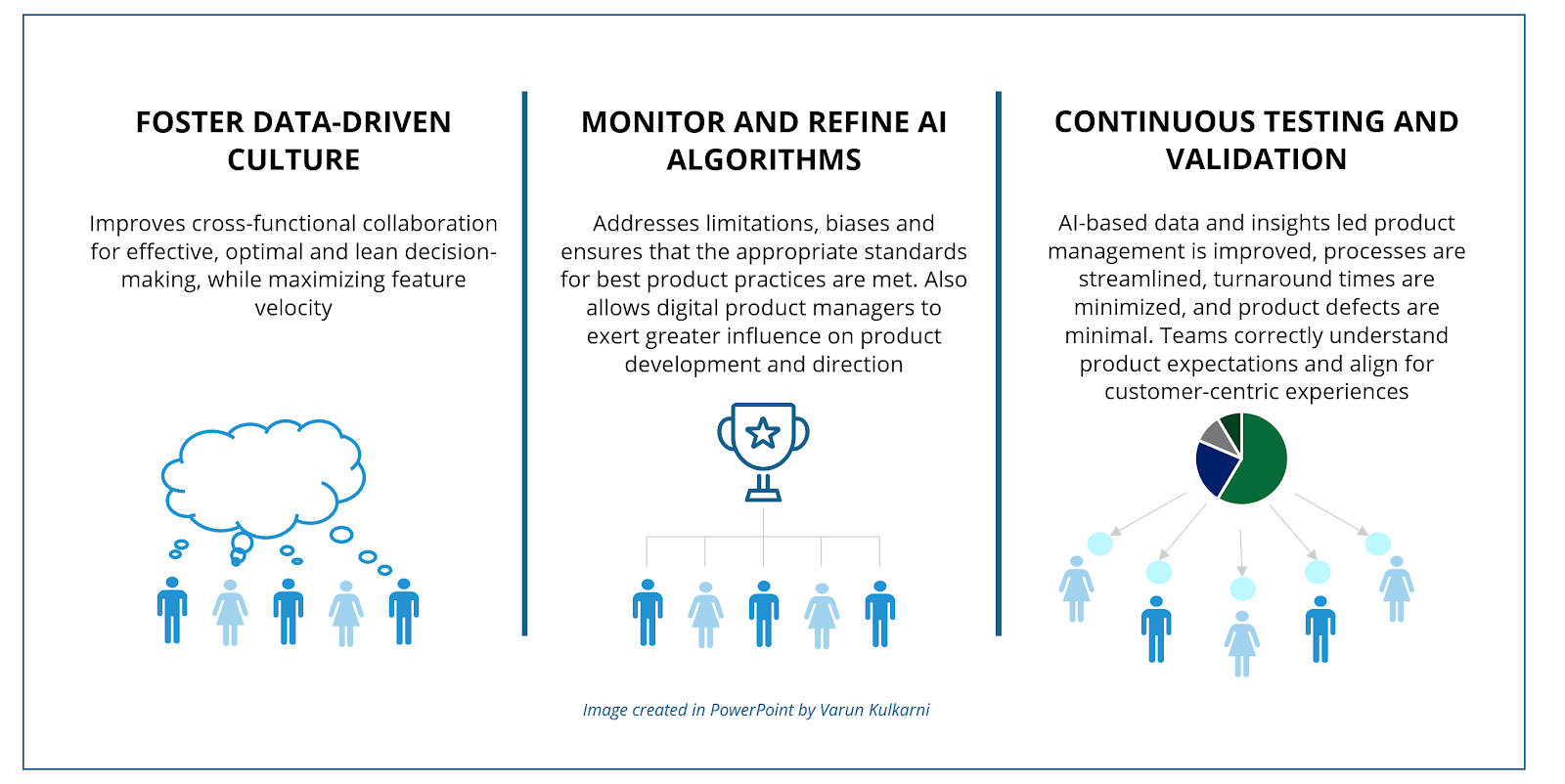Helen DeWitt's novel, “Lightning Rods,” recently made a New York Times list of 22 reliably funny novels, placing her in the company of writers like Joseph Heller for “Catch-22.” Nestled among the pages of this comic satire is a surprisingly insightful perspective on the world of tech product management.
For those of us whose interests intersect both literary fiction and tech product management, "Lightning Rods'' offers an irreverent yet astute commentary on entrepreneurship and innovation. Written in 1999, long before the publication of popular product management literature like "The Lean Startup" and "Inspired," DeWitt's novel uncannily mirrors many of the principles espoused in these modern guides.
At the heart of "Lightning Rods" is Joe, a failed salesman turned would-be tech entrepreneur, whose unconventional idea—a service offering sanctioned anonymous sex in the workplace as a means to reduce the occurrence of sexual harassment—propels him into the realm of wild corporate success. Joe's temporary staffing service provides women, the lightning rods, who offer not just administrative support but also, ermm, other services via a custom-constructed solution in the disabled toilets designed to protect all participants’ anonymity.
“Lightning Rods” may be on a New York Times list of funniest novels, but it is also a tech start-up origin story. Here are ten lessons in product management from its pages.
Inspiration strikes Joe in the most unexpected places. One day, in the doldrums over having failed as both an encyclopedia and vacuum salesman, he observes birds: first a heron, then sandpipers and pelicans. He muses that animals aren't embarrassed about eating or pooping or mating. Humans, on the other hand, go to lengths to cover up these activities, cloaking them in language like “going to the bathroom” or “sleeping with someone.” Joe realizes if he can make sex available without shame, he’ll save everyone a lot of time, money and risk.
Later, Joe notices a dwarf on a hotel shuttle, which leads to a breakthrough both for his original product and a new product in and of itself: the adjustable height toilet (good for kids and the otherwise vertically challenged). The fact that it can disappear totally into the ground takes that unsexy bathroom feel out of the Lightning Rods user experience, a detail of the product that, like any good product manager, Joe has been obsessing over.
“All the best companies in the world have unfair information asymmetry. And that comes from curiosity. Because you're constantly collecting dots, connecting dots, collecting dots, connecting dots, and end up creating this unique edge for yourself and information asymmetry for yourself.” – Kunal Shah, CEO and Founder of CRED
Joe's experimentation with a rudimentary version of his product, akin to a minimum viable product, illustrates the value of iterative development and user feedback. A programmatic version of Spin the Bottle tested in a real office setting serves as a precursor to the fully realized Lightning Rods service, demonstrating the importance of validating ideas before investing significant resources.
Navigating the skepticism and resistance of potential customers—after all, the Lightning Rods sounds a lot like prostitution—Joe refines his pitch to appeal to visionary early adopters. His persistence in targeting top-level decision-makers reflects a strategic approach to market entry. One thousand letters of introduction and multiple meetings later, Joe finally finds someone willing to give it a try.
“So in the early market, you're looking for a visionary customer that just wants to use something new and cool and stay ahead of the curve.” – Geoffrey Moore, author of Crossing the Chasm: Marketing and Selling Disruptive Products to Mainstream Customers
Renée's unexpected candidacy for a lightning rod position underscores the importance of diversity and inclusion in product design. When she first shows up for her interview, Joe panics. As the first Black woman to apply for the role, she has exposed a blind spot in the product: the color of her skin would blow her anonymity—one of the key tenets of the product for both user and lightning rod—because the workplaces with Lightning Rods are predominantly white. (This might be a good place to explain that those custom-constructed installations in the disabled toilets protect anonymity by only exposing the back lower half of the lightning rod.) PVC bottoms with strategically placed cutouts prove to be both the creative solution to the problem and a product innovation.
After a painstaking process to acquire his initial customers, Joe manages to scale without having to do much of anything because those customers go through a series of mergers and acquisitions. At every transaction along the way, the powers that be are more afraid of the impact of pulling the employee benefit of the Lightning Rods than broaching the delicate subject of its existence with the acquiring or merging entity. By embedding his product within larger organizational structures, Joe ensures its continued relevance and growth.
Joe knows he's pushing the boundaries of the law with the Lightning Rods (reminiscent of the tactics of a certain ride sharing business in its early days), so when the FBI approaches him to bring a version of the Lightning Rods to certain high stakes areas of the federal government vulnerable to blackmail, he can hardly say no. Even though use of the service would now be surveilled, compromising product principles around privacy, he knows when to pivot to survive. And not just survive, but thrive: once the service proves successful in the government, he uses it to lobby for changes in the law to permanently protect his business.
Beyond the public sector example above, Joe identifies an opportunity to expand his market with conservative, family-values-led organizations. Adapting his messaging to resonate with their values, he convinces the leaders of such companies that lightning rods can help protect the purity of their female staff by preventing unsavory sexual advances.
Realizing the most conservative organizations will never adopt Lightning Rods, Joe instead audaciously offers a new outsourcing service to guarantee nothing so godless will ever make its way into their organizations. Afterall, as the inventor of the service, he is best placed to know how to prevent it. It's a bit like if, having invented cigarettes, the tobacco companies also started selling smoking prevention services.
“Inversion is the practice of looking at problems in reverse, focusing on avoiding mistakes rather than solely pursuing success.” – Jonathan Savage, Head of Product & Design, Thoughtworks Canada
As with any successful product, Lightning Rods eventually attracts competitors. The owner of an escort service perceives a pivot to a lightning-rod-like service, Lightning Escorts, as having a low barrier to entry. He’s wrong, having underestimated the importance of properly managing a “bifunctional” workforce. Turns out an over-provisioned lightning rod doesn't make a good receptionist given the impact to her presence at the switchboard.
But not all competitors are copycats. Some innovated, my favorite example being a subscription business model paid for by the user rather than the company. Some focused on a stripped down—no pun intended—version of the product reducing costs to reduce the price point.
Facing competition from imitators and innovators alike, Joe maintains confidence in his unique value proposition, reassuring a panicked employee with an anecdote about how the arrival of the Datsun provided the contrast that made the BMW seem desirable. His steadfastness in the face of market pressures demonstrates the resilience required to sustain competitive advantage in a crowded landscape.
Product management guru Marty Cagan famously counsels on how to create product teams who are missionaries rather than mercenaries, and Joe unwittingly cultivates passionate advocates with two of his highest performing lightning rods. Lucille, one of his first and most capable hires, insists on safeguards to protect the lightning rods. She’s also indispensable on a number of occasions, including when she comes up with the idea of PVC to solve the previously mentioned anonymity problem. Renée gets frustrated with how long it takes Joe to incorporate her feedback into the product and finally just codes it herself, including setting up an online employee support network.
Having made enough money from being lightning rods to send themselves to Harvard Law School, Lucille and Renée eventually become, respectively, a successful litigation lawyer and a Supreme Court Justice (the latter being one visionary thing from DeWitt's novel that didn't quite pan out; we got Amy Coney Barrett instead.)
While DeWitt's “Lightning Rods” is a satirical take on American entrepreneurship, it still manages to deliver nuanced insights into product management. If you’re seeking inspiration beyond the confines of traditional business literature, “Lightning Rods” is an entertaining addition to your reading list.









Comments
Join the community
Sign up for free to share your thoughts